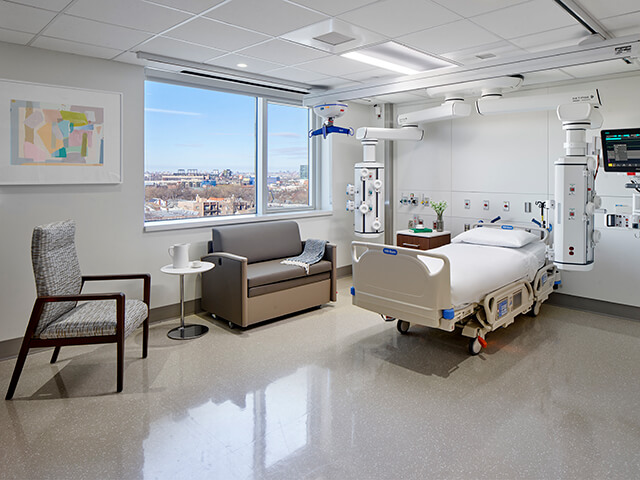
Standards for Hospital Medical Supplies
In the intricate landscape of healthcare, ensuring the quality and compliance of medical supplies is paramount. Hospitals, as the cornerstone of healthcare delivery, must adhere to stringent regulatory standards to guarantee patient safety, maintain operational efficiency, and uphold industry integrity. Understanding the regulatory framework governing hospital medical supplies is not only a necessity but also a strategic advantage in providing optimal care. This article aims to elucidate these standards, offering a comprehensive guide to navigating the regulatory landscape in the realm of hospital medical supplies.
Introduction: The Crucial Role of Regulatory Standards
Regulatory standards for hospital medical supplies serve as the bedrock of quality assurance in healthcare settings. These standards encompass various aspects, including manufacturing processes, product specifications, storage conditions, and distribution protocols. Compliance with regulatory requirements ensures that medical supplies meet predefined criteria for safety, efficacy, and performance, thereby mitigating risks associated with substandard or counterfeit products.
Regulatory Bodies and Guidelines
Several regulatory bodies oversee the quality and safety of hospital medical supplies on both national and international levels. In the United States, the Food and Drug Administration (FDA) plays a central role in regulating medical devices, ensuring their safety and effectiveness. Medical devices are categorized into different classes based on the level of risk they pose to patients, with Class I devices subject to the least regulatory control and Class III devices requiring the most stringent scrutiny.
In addition to the FDA, other organizations such as the International Organization for Standardization (ISO) and the European Medicines Agency (EMA) establish guidelines and standards for medical supplies on a global scale. ISO standards, such as ISO 13485 for quality management systems, provide a framework for manufacturers to demonstrate compliance with regulatory requirements and maintain consistency in product quality.

Key Regulatory Requirements
Compliance with regulatory standards involves adherence to a multitude of requirements throughout the lifecycle of medical supplies. These requirements encompass various stages, including design and development, manufacturing, packaging, labeling, sterilization, storage, and distribution. Key aspects of regulatory compliance include:
- Quality Management Systems: Implementing robust quality management systems in accordance with ISO 13485 to ensure consistent product quality and compliance with regulatory requirements.
- Product Testing and Validation: Conducting comprehensive testing and validation studies to demonstrate the safety, efficacy, and performance of medical supplies in real-world conditions.
- Labeling and Documentation: Providing accurate and comprehensive labeling and documentation that comply with regulatory guidelines, including information on product specifications, usage instructions, and safety warnings.
- Sterilization and Packaging: Adhering to prescribed sterilization methods and packaging standards to maintain product integrity and prevent contamination during storage and transportation.
- Post-Market Surveillance: Implementing systems for post-market surveillance to monitor the performance of medical supplies, identify potential risks or adverse events, and take appropriate corrective actions.
Challenges and Emerging Trends
Despite the importance of regulatory compliance, healthcare organizations often face challenges in navigating the complex regulatory landscape. These challenges may include evolving regulatory requirements, resource constraints, supply chain complexities, and the proliferation of counterfeit products. Moreover, emerging trends such as the rise of digital health technologies, personalized medicine, and 3D printing present new regulatory considerations and opportunities for innovation.
Conclusion: Embracing Regulatory Excellence
In conclusion, understanding the regulatory standards for hospital medical supplies is essential for ensuring patient safety, maintaining quality of care, and fostering trust in healthcare systems. By adhering to regulatory requirements and embracing a culture of compliance and continuous improvement, hospitals can uphold the highest standards of excellence in medical supply management. In this dynamic healthcare environment, staying abreast of regulatory developments and proactively addressing emerging challenges are imperative for success.
